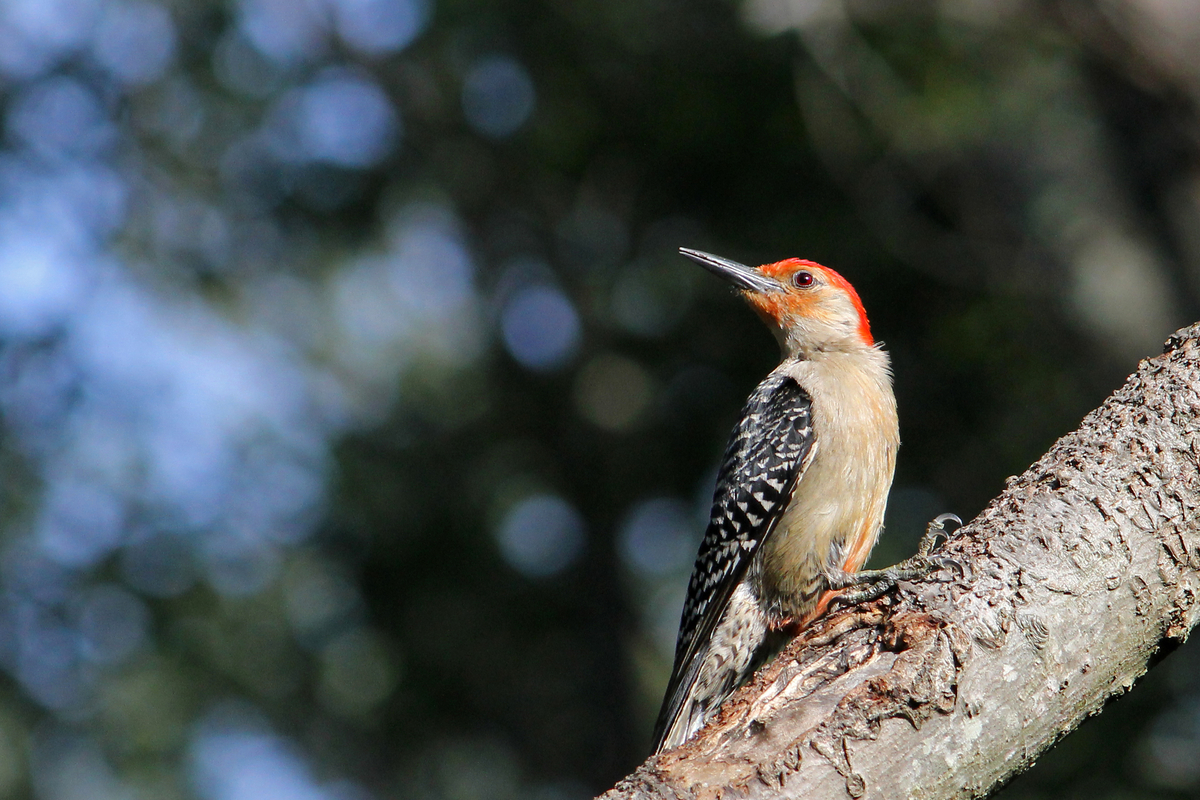Unveiling the Keys of Woodpeckers: Behavior, Habitat, and Extra
Woodpeckers, with their distinct habits and specialized adjustments, have long interested researchers and nature enthusiasts alike. These amazing birds have a variety of intriguing tricks that dropped light on their survival approaches, environment choices, and intricate communication techniques. By discovering the secrets bordering woodpeckers' actions and habitat options, a much deeper understanding of these bird marvels arises, supplying a glance right into their fascinating globe. So, what makes these birds really extraordinary, and exactly how do they browse their setting with such accuracy and ability? Let's check out the captivating realm of woodpeckers and unwind the enigmatic details that make them such interesting subjects of research.
Woodpecker Habits Insights
In analyzing woodpecker actions, an interesting display screen of specialized skills and adjustments arises, dropping light on their remarkable eco-friendly niche. Woodpeckers, understood for their distinctive drumming on trees, possess a selection of behavioral qualities that contribute to their survival and success in their atmosphere.
In addition, woodpeckers display a special feeding actions characterized by their capacity to remove insects from tree bark utilizing their specialized beaks. Their lengthy, barbed tongues aid in catching target, while their strong neck muscles supply security and precision during pecking movements. This feeding approach allows woodpeckers to gain access to surprise insect larvae and extract them with amazing effectiveness.
Environment Preferences and Option
What factors influence the environment choices and choice of woodpeckers? One vital aspect influencing woodpecker habitat selection is the availability of ideal nesting websites. Woodpeckers normally like forests with a mix of mature trees that provide enough possibilities for tooth cavity excavation.
Furthermore, woodpeckers reveal a preference for habitats with a plentiful supply of food sources. They are mainly insectivorous, feeding upon beetles, ants, larvae, and various other pests discovered in decaying timber or tree bark. Woodpeckers often tend to favor woody locations with a diverse insect populace to meet their nutritional demands.
In addition, the existence of dead or decaying trees is an additional essential consider woodpecker environment selection. These trees not just offer food resources however additionally use suitable substratum for cavity excavation. Dead trees are crucial for the maintenance of healthy and balanced woodpecker populations, as they play a vital function in Recommended Reading the woodpeckers' life process and environment characteristics.
Feeding Routines and Diet Regimen Structure
Woodpeckers show a specialized feeding actions focused on foraging for insects within different environments. In enhancement to insects, woodpeckers also take in tree sap, fruits, nuts, and seeds, including selection to their diet depending on the season and accessibility of food resources.
The foraging techniques of woodpeckers are well-adapted to their arboreal lifestyle (Woodpeckers in Florida). Their ability to dig deep into timber not just gives them with food yet additionally assists in producing nesting tooth cavities and establishing territories. Woodpeckers play an important function in preserving the health of forests by regulating insect populaces and helping in the decay of wood. Understanding their feeding habits and diet regimen make-up is necessary for conservation efforts focused on maintaining these special and important birds.
Drumming Seems and Interaction
Using rapid drumming audios on different surfaces, woodpeckers use an unique form of interaction to signal region limits and bring in mates. This drumming behavior is not just a means of interaction but additionally works as More Info a means for woodpeckers to establish their visibility within a specific location. The intensity, rate, and pattern of the drumming can communicate vital information to various other woodpeckers in the area.
Woodpeckers make use of drumming sounds to introduce their presence in a region and to warn off prospective intruders. The loud and repeated nature of the drumming works as a clear signal to other woodpeckers that the location is already declared. This aids in decreasing problems and reducing physical fights between individuals.

Survival Adaptations and Specialized Composition

Conclusion
Finally, woodpeckers show distinct behaviors, such as drumming audios for interaction, and have specialized makeup for survival in their picked environments. Their feeding habits and diet regimen structure even more show their versatility to various settings. By comprehending these facets of woodpeckers, scientists and conservationists can much better safeguard and maintain these interesting birds and their ecosystems.